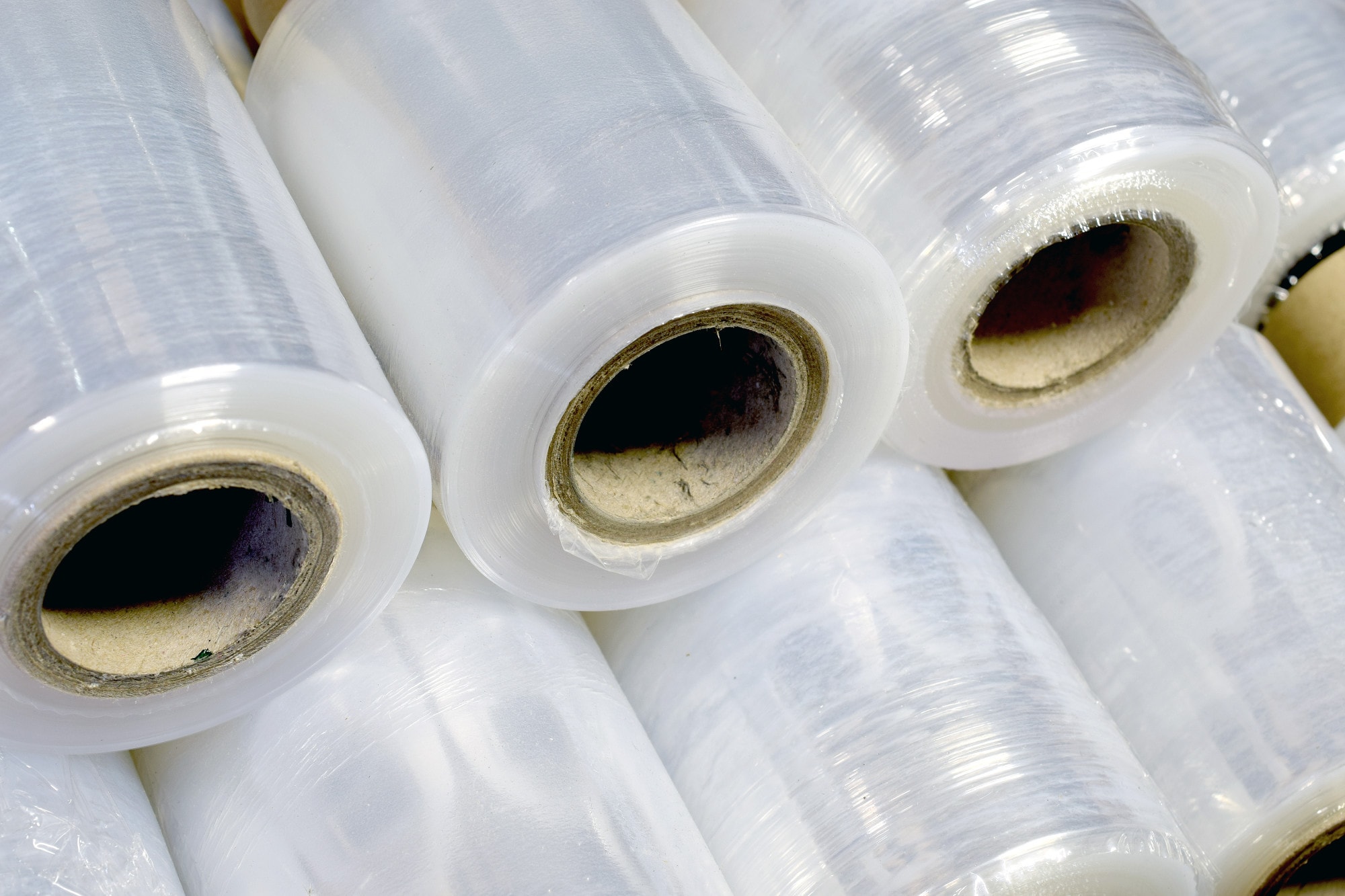Increased costs for shipping present a unique dilemma for businesses. They can either absorb these costs, thereby reducing profits or pass these costs along to customers, which also can hurt business. For this reason, companies are always looking for inventive ways of minimizing these costs.
Shipping by pallet is one of them. If you are considering shifting to pallet packaging, you may be investigating the uses of stretch film for securing products.
The information below covers the basics of stretch film and the advantages it offers for shipping and packaging. Keep reading to find out how it could help your business.
What Is Stretch Film?
Stretch film, also known as “stretch wrap,” is a plastic packaging material that conforms to the shape of the objects it encapsulates. It also sticks to products and itself, forming a secure barrier.
Stretch film is often made from low-density polyethylene or polyvinyl chloride (PVC) resins. This gives them elasticity but also strength.
In the 1960s, companies realized that transporting goods on pallets was cost-effective. Stretch film emerged in the 1970s as a replacement for ropes or other ties for securing products during shipment.
Types of Stretch Film
There are two main kinds of stretch film: cast and blown. Cast stretch wrap is made by melting the thermoplastic and forcing it through a flat die. This gives cast wrap great clarity, and it requires less force to stretch.
Cast wrap is less expensive than blown film. It also unwinds more quietly and has excellent adhesion. The biggest downside is that it is not as strong as blown stretch film, so it has less holding power and is more likely to tear.
Blown stretch film also requires melting the plastic and forcing it into a die. Air is then introduced to the die to inflate the film tube, which cools the resin. This method produces an exceptionally strong film.
Blown stretch film also has better “memory” than cast film, once wrapped. It is ideal for larger loads or ones that may experience harsher transportation conditions. It is more expensive, noisier (in application), and less clear than cast film.
Applying Stretch Film
There are two main methods for applying stretch film to a load: by hand and by machine. Hand wrapping is inexpensive and does not require investing in any major equipment. Also, your staff can perform the task in almost any location.
One of the downsides of hand wrapping is that it demands more physical effort from the operator. It also is slower and prone to more film waste, uneven application, and a looser wrap.
Machine wrapping offers a stronger, more consistent application, making it one of the best containment products available. It also is much faster and will limit waste. The downside is that it requires an upfront investment for the equipment.
You also will need to perform regular maintenance on the machines to optimize performance. All this is worth it if you are consistently wrapping lots of pallets every day.
Learn More About Stretch Film
Now that you understand how stretch film works, you can determine if it is the best choice for your shipping needs. With different options to select from, you can achieve more flexible packaging processes that ensure your goods are secured for shipment.
Since 1992, Packaging Fulfillment Co. has provided superior packaging solutions to all types of businesses in Tennessee and the surrounding areas. We have everything you need to securely pack your products while keeping shipping costs to a minimum. Reach out to us today to learn more about our services.









